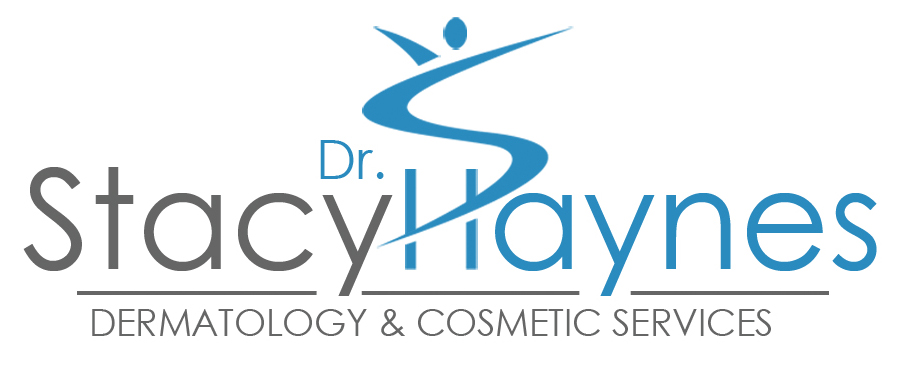Laser Hair Removal
A LASER FOR EVERYONE AND EVERY CONDITION
If you’re not happy with shaving, tweezing, or waxing to remove unwanted hair, laser hair removal may be an option worth considering. Laser hair removal is one of the most commonly done cosmetic procedures in the U.S. It beams highly concentrated light into hair follicles, the pigment in the follicles absorb the light that destroys the hair.
How Does The Laser Treatment Work? The laser creates a beam of high-intensity light that penetrates deeply into skin tissue, where it delivers a controlled amount of targeted therapeutic heat. Candela’s patented Dynamic Cooling Device (DCD) technology protects the upper layers of your skin with a cooling burst of cryogen. Together, the long-pulse laser and DCD cooling offer optimal treatment with minimal side effects.
What Can I Expect During Treatment? You will wear safety eyewear to protect your eyes from the laser light. Your practitioner will guide the laser to the treatment areas with a small handpiece. Each laser pulse may be preceded and followed by a short pulse of cooling spray. A treatment could take as little as a few minutes to as long as an hour, depending on the area and condition being treated.
Does It Hurt? Some patients may feel a slight discomfort with each laser pulse, sometimes described like the snapping of a rubber band on the skin. This discomfort resolves quickly and is minimized by Candela’s DCD cooling. For some patients, a topical anesthetic may be used prior to treatment.
How Many Treatment Sessions Will I Need? The number of sessions depends on the treatment you require and the condition of your skin. For hair removal, multiple treatments are required, as the process is most effective when the hair follicle is in its active growth phase. Other conditions may clear up in only one treatment, but many factors impact the efficacy of individual laser treatments, including the severity of the condition being treated.
How Do I Prepare For Treatment? Patients scheduled for hair removal should avoid plucking, electrolysis or hair waxing for six weeks prior to treatment. If you have a history of herpes simplex virus and are scheduled for laser treatment, prophylactic antiviral therapy may be prescribed. Also, your skin should be clean shaven, and your skin thoroughly cleansed and dried, removing any make-up, creams, oils, topical anesthetic or self-tanning products before laser treatment. The intended treatment area should not be exposed to sunlight or tanning booth light for 14 days prior to treatment. Before laser treatment, prevent sun exposure by applying sunblock.
What Can I Expect After Treatment? A cool compress or gel pack may be applied for comfort following your treatment. Any redness or swelling should resolve within a few hours.
What Precautions Should I Take After Treatment? After laser treatment, prevent sun exposure by applying sunblock, SPF 30 or above. In the first few days after treatment, don’t scrub or rinse the treated areas with abrasive skin cleansers. Your practitioner may advise additional precautions.
Are There Side Effects? Your risks are minimal. Side effects may include redness, swelling, hyperpigmentation, hypopigmentation, blistering and purpura (a laser bruise) in the treated area – these usually do not last more than a few days. Permanent side effects are rare. Be sure to discuss potential side effects with your practitioner.
Are These Treatments Covered By Insurance? Most insurance companies do not offer reimbursement for cosmetic procedures.
